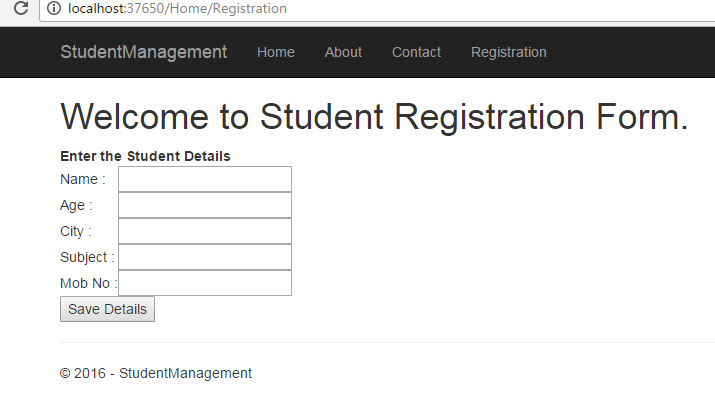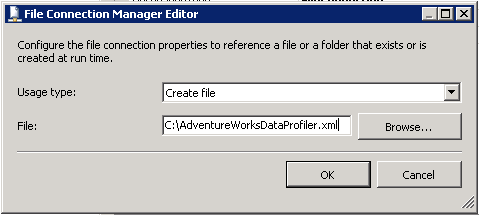
The Debug (printf) Viewer is a special serial window that can exchange data with.MCA power key input MCA RTC MCA UART serial port MCA watchdog MMC/SD/SDIO OTP bits PF3000 Power Management IC (PMIC) Power management PWM SPI Thermal monitor Touch screen UART USB. 2 Using the serial port with other hardwareThis allows testing a UART interface prior to having the target hardware. This chapter discusses how such a device is appropriately interfaced with an 8051 microcontroller. UART is the abbreviation for Universal Asynchronous Receiver/Transmitter and is a commonly used hardware module for serial communication based on communication protocols like RS232. UART in 8051 microcontroller.

Saving Input From Serial Uart Embedded C Program Code Work On
With luck you can have your cake and eat it: use the serial port on a Raspberry Pi 3 / 4 and use the Bluetooth AND have the same code work on other Raspberry Pi’s (non RPi3 / 4).NOTE: You will need the latest firmware May 2016 or later for this to work (works with August 2019 firmware). The HAL API for programming flash, including C code examples, is described in.Following lots of wasted time, I’ve noted down what I think I know so far in this post. Avalon-ST Serial Peripheral Interface Core.

I’ll describe how you do this in the next section.By the way, it’s not all bad for the change of serial port on the Raspberry Pi 3 / 4. This comes at a slight loss in performance (though normally not noticeable). Not good.In order to work around this, many people “fix” the CPU core frequency so that the serial port is stable. It also calculates it’s bit timing’s from the CPU cores frequency and if the CPU is under heavy load it can corrupt the serial communications. Many people’s applications got broken.The second serial port you will see referred to as the “mini uart” and lives at /dev/ttyS0. No-one will ever know! Unfortunately /dev/ttyAMA0 was a hardware serial port (uart) and high performance (hence it was nabbed for the Bluetooth) and the second port is partly software and a bit flaky.
Serial AliasesOn the Raspberry Pi 3 the second serial port is called /dev/ttyS0 and is by default mapped to the GPIO pins 14 and 15. In order to enable it, edit config.txt: $ sudo nano /boot/config.txtAnd add the line (at the bottom): enable_uart=1As of May 2016 this will also lock the cpu core frequency for you so there’s nothing else you need to do (If you aren’t convinced and you really like to belt and braces it the command is: core_freq=250 which you add to the same file aswell).This should get you good serial communications for most uses. EnablingThere is yet another wrinkle in that in the latest Jessie / Stretch / Buster releases (as of August 2019) the GPIO serial port is disabled by default. Yay!To summarise the ports on a Raspberry Pi 3 / 4 and be crystal clear:If you stick with these as is, your Bluetooth will work as nature intended AND you can use a serial port over the GPIO (there is a way of swapping the serial ports around if you don’t want to use the Bluetooth and I’ll cover that at the end of this post).

Swapping the Serial Ports on Raspberry Pi 3 / 4What if you don’t want to use the Bluetooth and you want that high performance /dev/ttyAMA0 back on the GPIO? Well you can do this and the way you do this is via a device overlay called “ pi3-miniuart-bt” i.e. If you edit this with: $ sudo nano /boot/cmdline.txtYou will see something like: dwc_otg.lpm_enable=0 console=serial0,115200 console=tty1 root=/dev/mmcblk0p2 rootfstype=ext4 elevator=deadline fsck.repair=yes root waitRemove the line: console=serial0,115200 and save and reboot for changes to take effect. So you need to perform this command from a terminal window: $ sudo systemctl stop sudo systemctl disable “disable” will stop it loading in the future.For Raspberry Pi 3’s the command is similar but referencing /dev/ttyS0: $ sudo systemctl stop sudo systemctl disable also need to remove the console from the cmdline.txt. This will be slightly different depending on whether you are running a Raspberry Pi 3 / 4 or not.For non Raspberry Pi 3 / 4 machines, remember it’s /dev/ttyAMA0 that is linked to the getty (console) service. Disabling the ConsoleIf you are using the serial port for anything other than the console you need to disable it. On other Raspberry Pi’s it will point to the hardware UART and /dev/ttyAMA0.To find out where it is pointing you can use the command: $ ls -l /devDefault Raspberry PI 3 / 4 serial port aliases Default Raspberry PI 2 serial port aliasesSo where possible refer to the serial port via it’s alias of “serial0” and your code should work on both Raspberry Pi 3 / 4’s and other Raspberry Pi’s.
In both cases if you can find out more of what they do here: /boot/overlays/READMETo use add the following line to the /boot/config.txt $ sudo nano /boot/config.txtSave and reboot for changes to take effect.


 0 kommentar(er)
0 kommentar(er)
